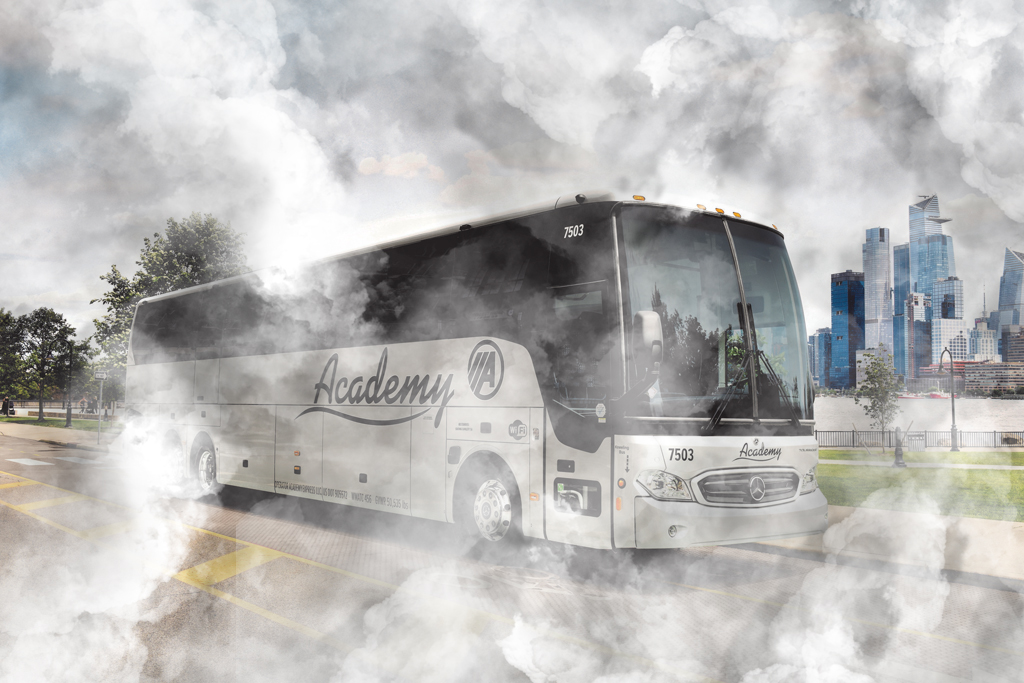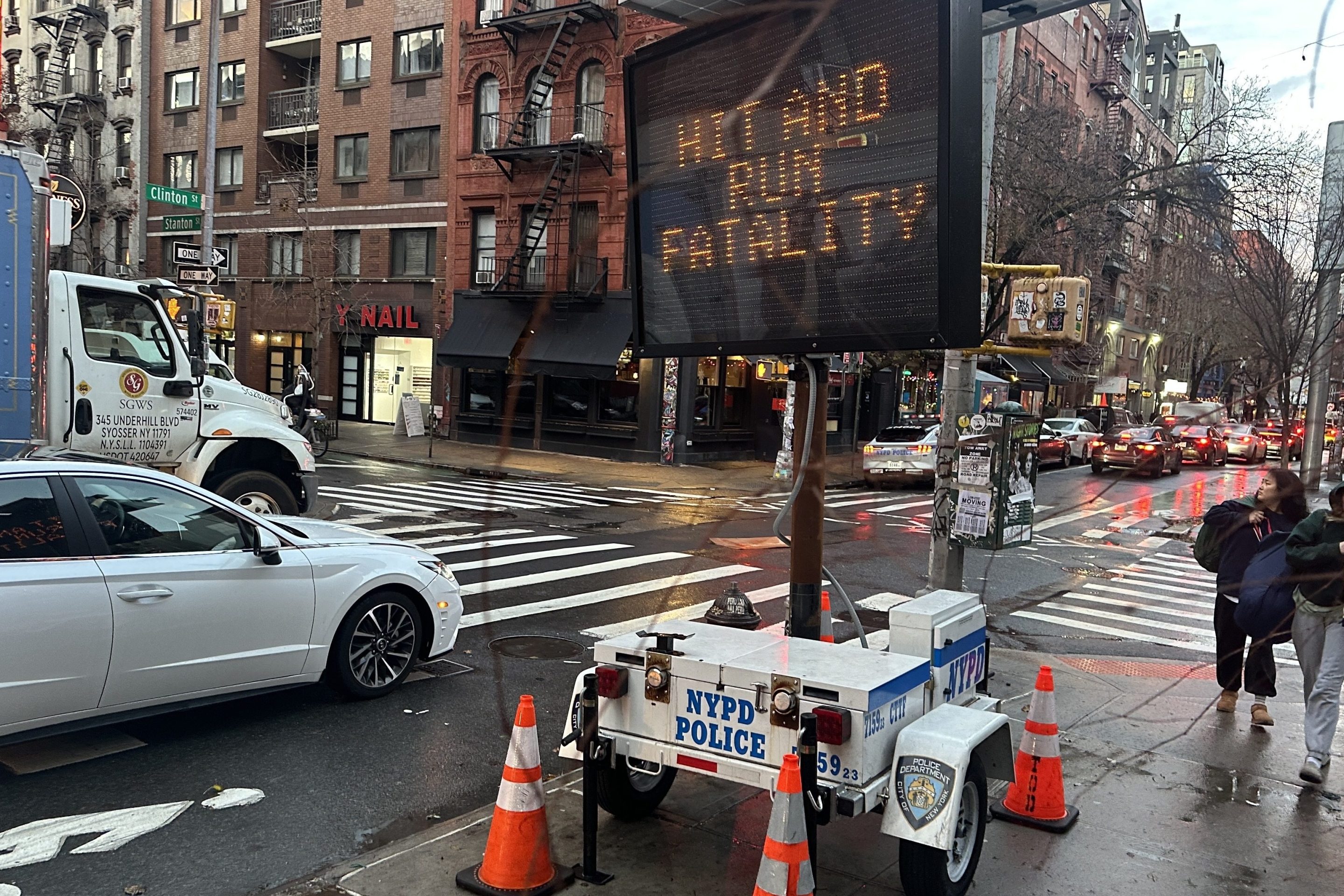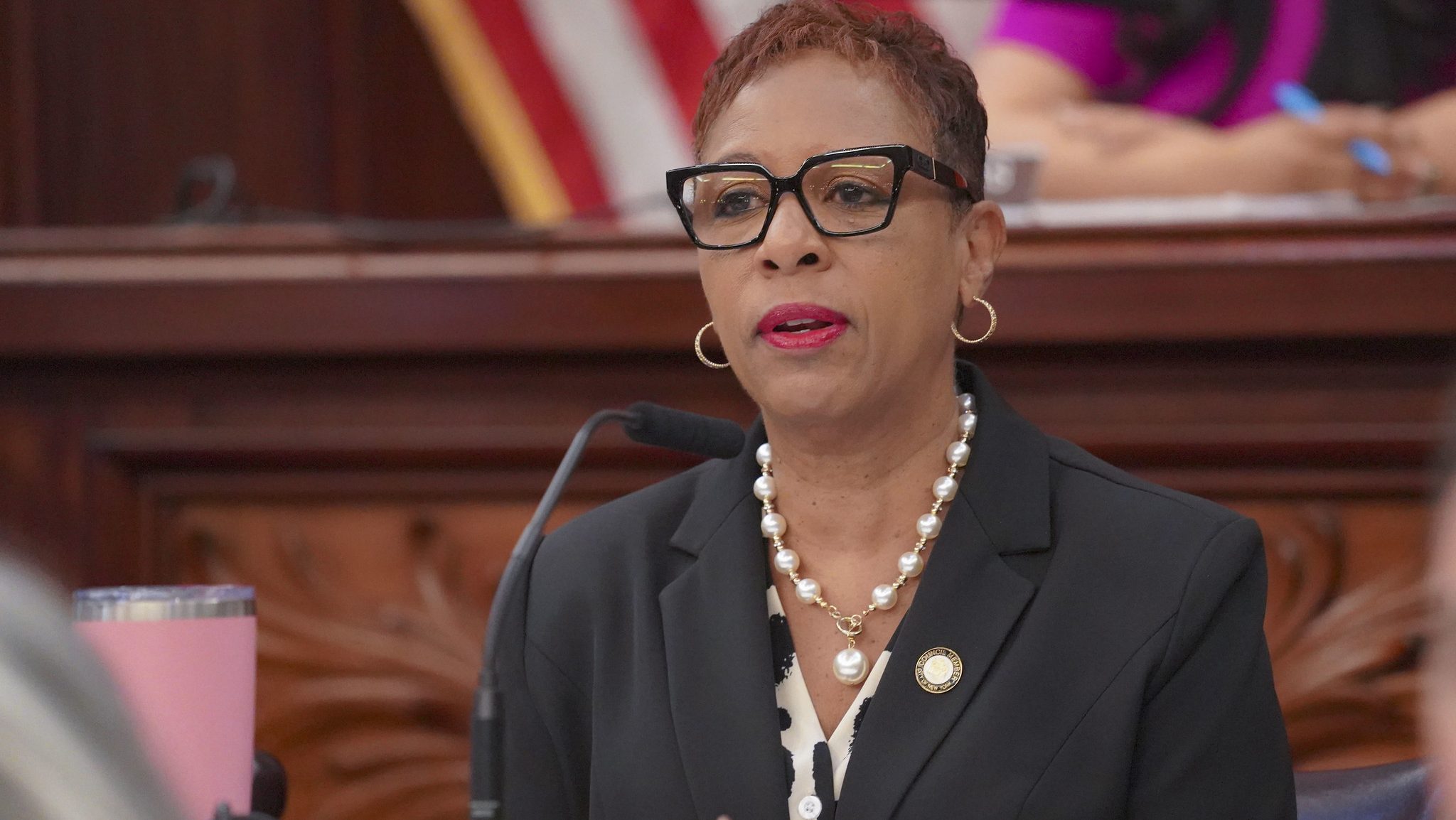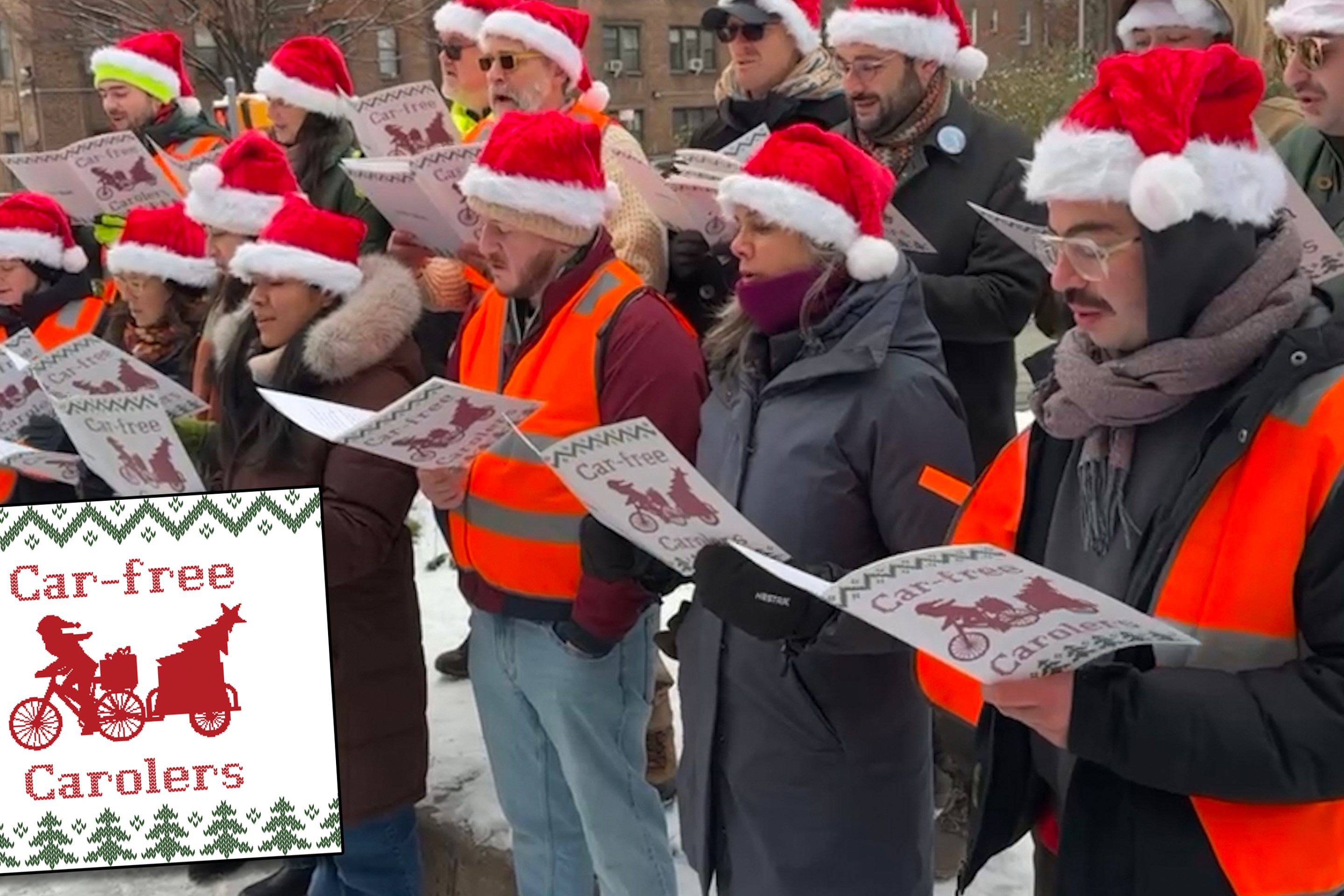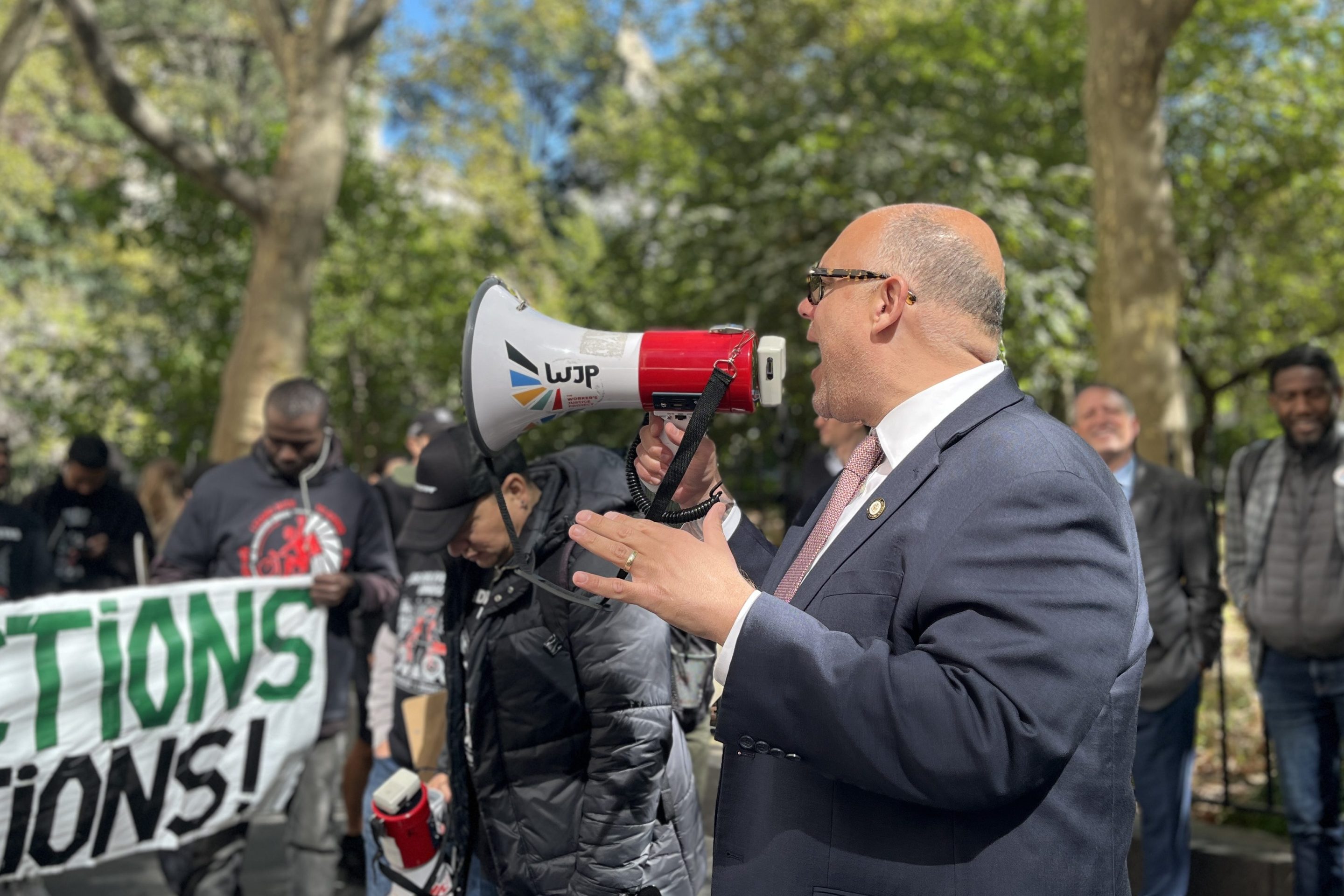Council members slammed top NYPD brass over the agency's well-documented bias against Black and Latino drivers after officials refused to accept the latest evidence of a problem.
At an oversight hearing on Monday, Council members Yusef Salaam, Tiffany Caban, and Lincoln Restler brandished the latest report, which shows that Black drivers are 10 times more likely to have their cars searched after a traffic stop, to grill top NYPD brass — who did not provide satisfactory answers to the lawmakers.
NYPD Director of Legislative Affairs Joshua Levin, repeatedly speaking for Transportation Bureau Chief Olufunmilola Obe, claimed the reported disparity in stops, searches, and arrests, was the result of the department's precision deployment of officers to areas with high crime such as Brooklyn's 75th Precinct, which naturally resulted in more people being pulled over in those areas.
But Restler was not buying this excuse.
"I’m disappointed, Mr. Levin ... because when 90 percent of people who are getting arrested are Black and Latino, that’s a problem. It’s an extreme disparity," said Restler. "Your response is basically that there are more officers in the 75 and that’s why more Black people are getting stopped. But the data doesn’t back that up at all."
In fact, the NYPD's own data and Census figures analyzed by The New York Civil Liberties Union shows that Black and Latinx drivers are disproportionately stopped — and then are more likely to have their cars searched, be arrested, or experience use of force.
White drivers account for 21 percent of all vehicle stops but are the target of only around 5 percent of all searches, arrests and use of force after a stop. But Black and Latinx drivers, who account for around 50 percent of vehicle stops, end up with 90 percent of all arrests, searches, and use of force incidents. Black drivers were searched at a rate roughly 10 times greater than the rate of white drivers. Latinx drivers were searched at a rate roughly six times greater than white drivers.
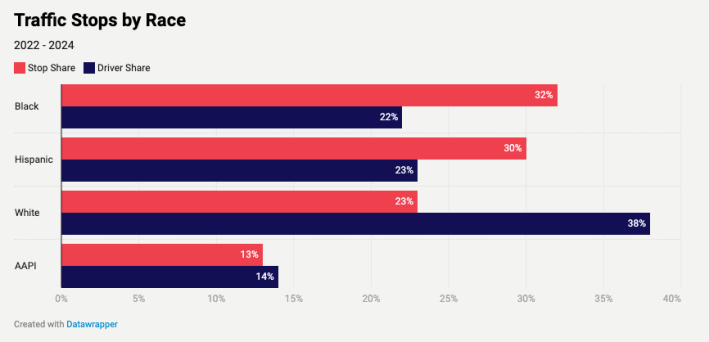
Levin disputed those numbers while also saying that they are the result of basic policing.
"This stuff is objective: it’s from 911 calls, it’s the public telling us this,” said Levin. “Any time you have more police officers in a certain area, as a result you are going to see more enforcement, you are going to see more car stops, you are going to see more searches, that’s a fact.”
But that doesn’t address the disproportionate escalation of traffic stops for Black and Hispanic New Yorkers, Restler said. Even if there are more cops in high-crime areas, that doesn't explain the magnitude of the disparity or why after a stop, a Black driver is so much more likely to have their car searched.
“What we are seeing is racially disparate enforcement and racially disparate arrests and I don’t see why the department wouldn’t come to this hearing in good faith and say, ‘There are trends in this NYCLU data that are concerning and that require us to shift our enforcement approaches,’” said Restler.
Under other questioning, Levin denied that cops are racially biased, but declined to speculate further because each individual stop is different. Caban was having none of that:
“Let’s say you're walking into a little park and you see trash piled 20 feet high, and I ask you if you think trash is a problem and you say, ‘I don’t know because I can’t tell you all the circumstances how every little piece of trash ended up in the pile,’” Caban fumed during her exchange with Levin.
“That’s what you’re saying right now. When I tell you that Black and brown people are being beaten up, searched, arrested, 10 times more than white people, and you’re sitting here and telling me you can’t even acknowledge that that’s a problem.”
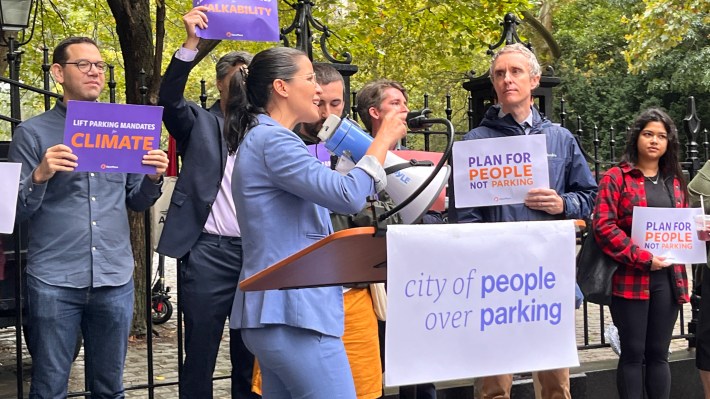
Caban also used one part of Levin’s testimony — namely that cops have "discretion" in traffic stops — against him. The same discretion that can reduce the consequences of a traffic stop for one driver claiming he's running late for his kid's dance recital (as Levin suggested), can also escalate it against another.
“We are talking about what happens after the stop is made. And again, post stop, I quote, ‘Cops have discretion,'" said Caban.
“You keep using this [‘cops have discretion’] as some weapon,” replied Levin.
“It’s a weapon for the police force to continue to criminalize Black and brown drivers,” said Caban. “It is a weapon; that’s exactly what I’m saying.”
Allegations about the NYPD’s racially biased enforcement extend beyond just traffic stops. New York City's "stop and frisk" policy, a cornerstone of the city’s aggressive policing strategies under Mayors Giuliani and Bloomberg, disproportionately affected Black and Latinx communities. The practice was deemed unconstitutional by a federal court in the seminal Floyd v. New York ruling in 2013.
But the legacy lives on in the city's well-documented history of disproportionate ticketing of pedestrians of color for allegedly crossing against a traffic signal — known to some as "jaywalking." Before the Council decriminalized jaywalking last year, the enforcement of the law was overwhelmingly targeted to black New Yorkers. In 2023, of the 463 jaywalking summonses for which race was known, 426 summonses, or 92 percent, were written to Black or Latinx folks, who comprise less than 50 percent of the population.
The department even tried to use a similar argument to disprove those damning statistics, saying that its policy of “precision policing” in areas where there were high rates of traffic violence was creating the disparity. But a Streetsblog analysis found little connection between pedestrian injuries and the racially biased summonses handed out by cops for the now-eliminated violation.
Experts say the disparity in traffic stops is just one piece of the Adams administration's problematic police protocols.
“The increase in traffic stops, arrests, and vehicle searches are part of the Adams administration’s effort to double down on racist broken windows policing,” said Daniel Lambright, special counsel for criminal justice litigation at the New York Civil Liberties Union. “Like stop-and-frisk, the NYPD uses traffic stops as a tool to harass and humiliate Black and brown men and these stops often spiral into police brutality. We will continue to analyze this data so that New Yorkers can have an informed discussion on the harms of vehicle stops and non-police alternatives to routine traffic enforcement.”

